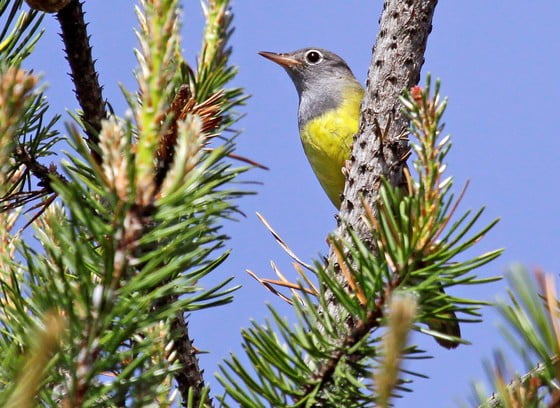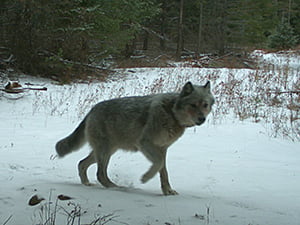
| CAPE GIRARDEAU, Mo. – Around mid-April, quail begin to call, which is a reminder to landowners that it’s time to evaluate quail habitat and ask for help if it’s needed. The Missouri Department of Conservation (MDC) has funding that can help landowners as they improve habitat for quail through the Landowner Assistance Program (LAP). MDC Private Land Conservationist (PLC), Julie Norris, said landowners can start the process by calling MDC to set up an appointment for a site visit. “A PLC, like me, will come out and take a tour of the property, listen to the landowner’s goals and then help fit a conservation practice that aligns with that landowner’s goals,” she said. The PLC then fills out the appropriate cost share forms for the landowner. The work must be completed between July and May, to allow time to complete the work before the fiscal year ends in June. Norris said when completing habitat work for quail, there are five pieces of habitat to consider; nesting, brood-rearing, roosting habitats, escape cover, and food and water. “Quail habitat is like a jigsaw puzzle,” she said. “You have to have all the pieces.” Nesting Habitat Nesting habitat consists of the previous year’s residual plant material on the ground, with clumpy grasses, wildflowers and bare soil where there’s plenty of space and material for ground nesting. Two-year idle food plots, idle areas along fencerows and crop fields are useful spaces for this type of habitat, as well as native warm-season grass stands that haven’t been burned for at least two years.
| |||
 “Examples of good roosting habitat include ragweed or goldenrod fields, native warm-season grass fields, and brushy areas,” Norris said. Escape Cover Since quail are prey species, escape cover is a priority for them. They need dense stands of shrubs or briers nearby that are at least 1,500 square feet, with bare soil at ground level, where they can move easily and hide from predators. American plum, dogwoods, sumac, blackberries and coral berry are useful plants for escape cover. Food and Water Lastly, Norris said like all other wildlife, quail need food and water nearby. Water is easily available to them through their food and dew, but they need a year-round availability of seeds and insects near their escape cover. Weedy edges along fence rows and crop fields, food plots, crop and legume fields as well as diverse native grass and wildflower stands are good for this. Studies have shown ragweed is the most useful natural quail food in Missouri, according to Norris. Not only does it produce food, but during the growing season it attracts food for quail chicks, in the form of insects. It has the proper growth and structure to be used as cover for quail, and in the warmer months it’s a good roosting location. Southeast Missouri landowners who implement these elements needed for quail habitat will enjoy the calls and presence of quail on their property for years to come, but Norris said landowners don’t need to commit all these details to memory. “MDC really is here to be a resource for landowners who want to improve wildlife habitat on their property,” she said. “We can advise on the best locations for specific types of habitat, as well as how to get financial assistance to make improvements.” Norris said since most land in Missouri is privately owned, it’s imperative that MDC assist landowners with quail habitat development. Learn how to improve wildlife habitat on your land at https://mdc.mo.gov/property/improve-my-property. |


